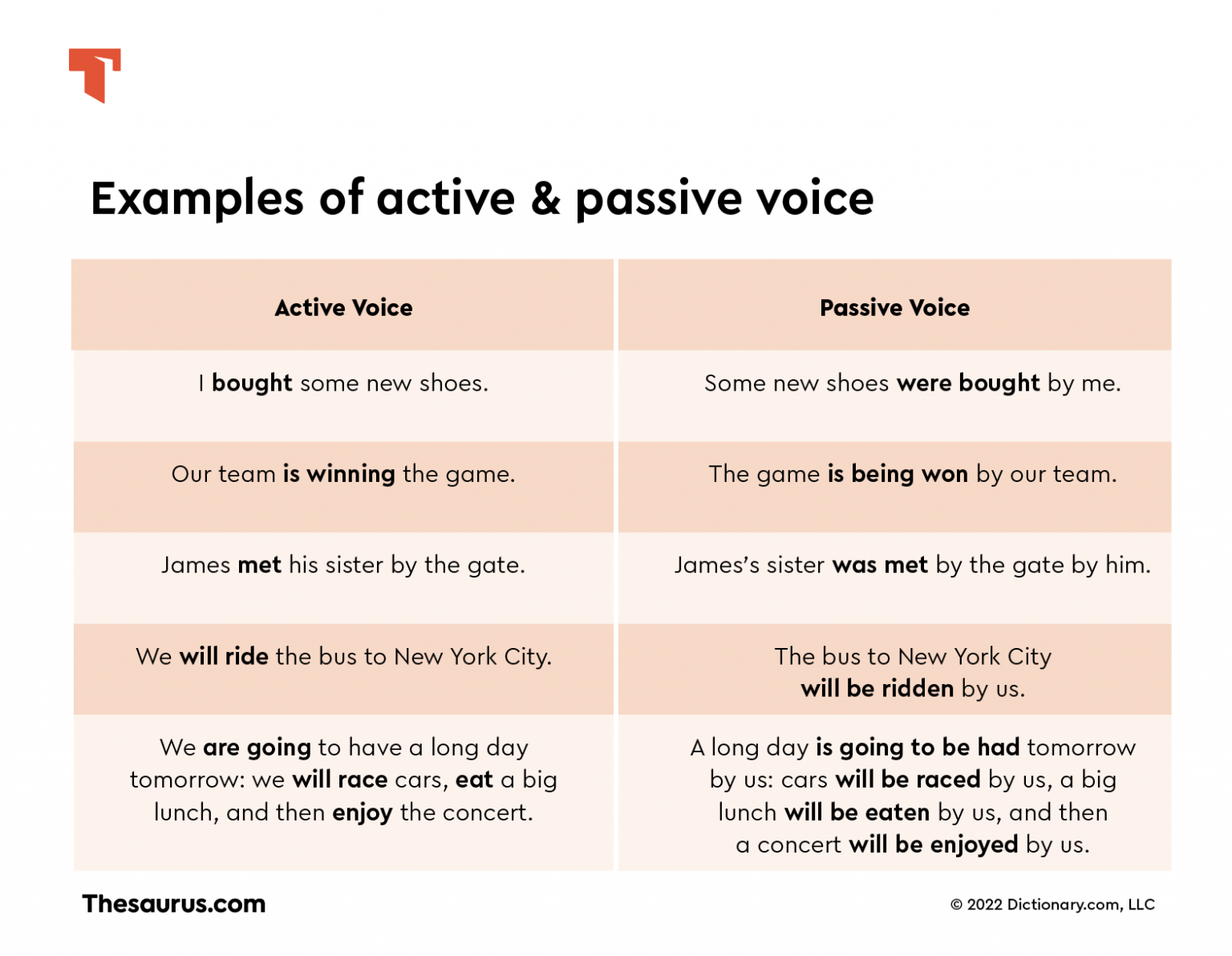Active and passive voice are two different ways in which a sentence can be structured. Understanding the difference between the two is crucial for effective communication. By knowing when to use each, you can convey your message clearly and concisely.
Active voice is when the subject of the sentence performs the action. For example, in the sentence “The cat chased the mouse,” the cat is the subject and is performing the action of chasing. Passive voice, on the other hand, is when the subject of the sentence is being acted upon. An example of passive voice would be “The mouse was chased by the cat.” In this sentence, the mouse is the subject and is being chased by the cat.
Using active voice in your writing makes it more direct and engaging. It puts the focus on the doer of the action, making the sentence clearer and more concise. Passive voice, on the other hand, can make sentences sound more formal or impersonal. It is often used in scientific or academic writing, where the focus is on the action rather than the doer.
One way to identify passive voice is to look for the use of “to be” verbs, such as is, are, was, were, etc. These verbs are often used in passive constructions. By replacing the passive construction with an active one, you can make your writing more dynamic and engaging.
It is important to be mindful of when to use active and passive voice in your writing. Active voice is generally preferred in most cases, as it is more direct and engaging. However, there are times when passive voice is appropriate, such as when the doer of the action is unknown or when the focus is on the action itself. By understanding the differences between the two, you can improve the clarity and effectiveness of your writing.
In conclusion, active and passive voice are two important elements of writing that can greatly impact the clarity and effectiveness of your communication. By knowing when to use each, you can convey your message in a way that is clear, concise, and engaging. Practice identifying and using both active and passive voice in your writing to improve your communication skills.
